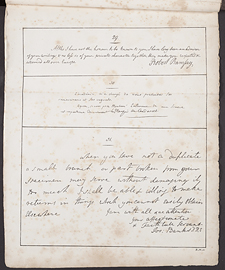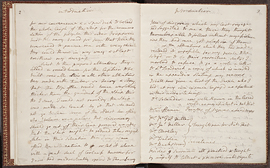The eighteenth-century fashion for natural history as both a scientific and popular interest gave rise to a network of aficionados, whose bonds were formed through the exchange of correspondence and printed materials. Naturalists, such as the Swedish botanist Linnaeus, cultivated a vast network of correspondents in order to obtain new specimens and the latest scientific information. Linnaeus exchanged letters with explorers, merchants, professors, gardeners, artists, and dilettantes. Printed matter, including books and scientific articles, circulated alongside these letters, manuscript notes, drawings and plant specimens and became a commodity of exchange. These exchanges were highly reciprocal in nature and therefore constructed enduring relationships among disparate people engaged in a common pursuit of botanical knowledge. One effect of these relationships is that they often served to distribute printed matter beyond the traditional boundaries of the regional book market. In pursuit of this project, Linnaeus also sent his students out on collecting trips with explorers. Not only did they procure plants directly for him, they also advocated for his project, articulating an order of the natural world that, when fixed in print, would serve as foundation of reference for this emerging science.
Networks of Correspondence
A Selection of the Correspondence of Linnaeus, fold-out lithographic reproduction of three letters to Linnaeus





